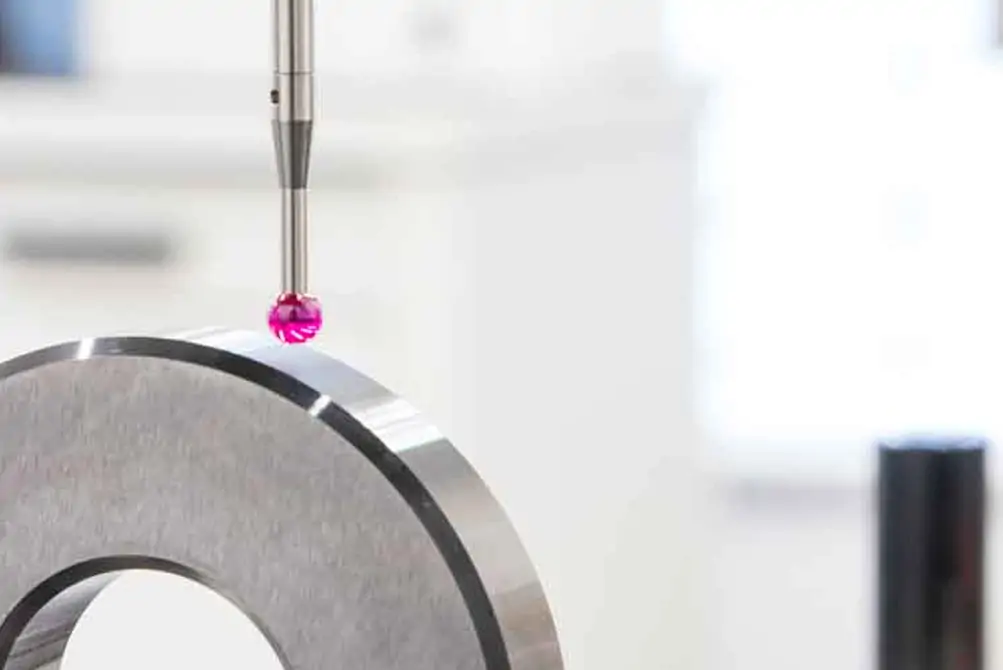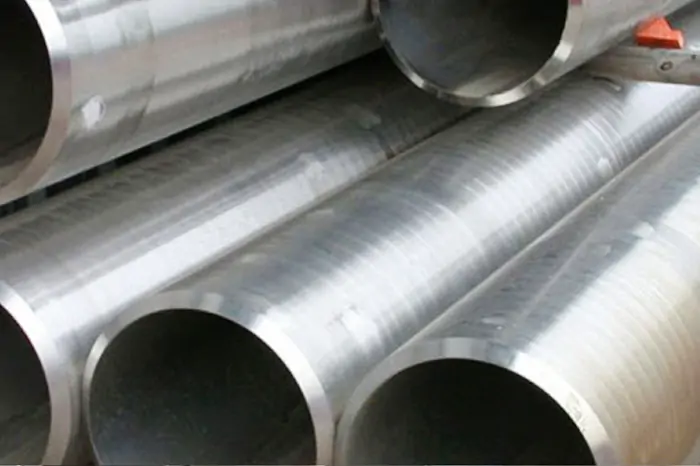Aluminum is a remarkable metal, known for its lightweight properties and versatility. But when it comes to high-temperature applications, not all aluminum alloys are created equal. In industries like aerospace, automotive, and engineering, materials must withstand extreme conditions without losing their structural integrity. This is where high-temperature-resistant aluminum alloys come into play. They combine the best of aluminum’s natural qualities with enhanced thermal stability and strength, making them ideal for challenging environments.
Heat-resistant alloys are designed to maintain their strength and performance at elevated temperatures. Aluminum alloys specifically engineered for high-temperature applications exhibit remarkable heat resistance, making them suitable for use in areas where other materials might fail. These specialized alloys are created by adding elements such as copper, magnesium, silicon, and zinc, which enhance aluminum’s natural properties.
Importance of Heat Resistance
The ability of a metal to withstand high temperatures without deforming or losing strength is crucial in many fields. For instance, in aerospace, components are often exposed to extreme heat due to friction and engine performance. Similarly, automotive parts, such as engine components and exhaust systems, require materials that can endure high temperatures to ensure safety and efficiency. High-temperature-resistant aluminum alloys provide the necessary durability and reliability in these demanding conditions.
Aluminum Heat Treatment
Heat treatment is a critical process in enhancing the properties of aluminum alloys. It involves heating the material to a specific temperature and then cooling it at a controlled rate. This process alters the microstructure of the alloy, improving its mechanical properties, such as strength, hardness, and thermal stability.
Steps in Aluminum Heat Treatment
- Solution Heat Treatment: This step involves heating the alloy to a temperature where the alloying elements dissolve into a solid solution. It prepares the material for further strengthening.
- Quenching: Rapid cooling follows solution heat treatment, typically using water or oil. This process locks the alloying elements in place, preventing them from precipitating out of the solution.
- Aging: The final step involves heating the quenched alloy to a lower temperature to allow the alloying elements to precipitate out. This enhances the alloy’s strength and hardness.
Aerospace Aluminum Materials
The aerospace industry heavily relies on aluminum alloys for their lightweight, high-strength, and corrosion-resistant properties. High-temperature-resistant aluminum alloys are particularly valuable in this field, as they enable the construction of aircraft components that can withstand the harsh conditions of flight.
Key Alloys in Aerospace
- 7075 Aluminum Alloy: Known for its high strength-to-weight ratio, 7075 is widely used in aerospace applications. It offers excellent fatigue resistance and moderate temperature resistance.
- 2024 Aluminum Alloy: With high strength and good machinability, 2024 is ideal for aircraft structures and components. It performs well in moderate temperature environments.
- 6061 Aluminum Alloy: Versatile and easy to work with, 6061 is used for a variety of aerospace applications. It provides good mechanical properties and heat resistance.
High Strength Aluminum Alloys
High-strength aluminum alloys are essential in applications where both durability and weight reduction are critical factors. These alloys are designed to offer superior mechanical properties, making them suitable for demanding environments.
Benefits of High-Strength Aluminum
- Lightweight: Aluminum alloys are significantly lighter than steel, making them ideal for applications where weight reduction is crucial.
- Corrosion Resistance: Aluminum naturally forms a protective oxide layer, enhancing its resistance to corrosion.
- Versatility: High-strength aluminum alloys can be shaped and machined into complex forms, providing flexibility in design.
Thermal Stability Alloys
Thermal stability refers to a material’s ability to maintain its properties under changing temperature conditions. Aluminum alloys with enhanced thermal stability are particularly useful in environments where temperature fluctuations are common.
Applications of Thermal Stability Alloys
- Heat Exchangers: High-temperature resistant aluminum alloys are used in heat exchangers, where efficient heat transfer is essential.
- Automotive Components: Engine parts and exhaust systems benefit from the thermal stability of these alloys, ensuring performance and longevity.
- Industrial Equipment: Machinery and equipment exposed to heat during operation rely on thermal stability alloys for durability.
Future of High Temperature Resistant Aluminum Alloys
As technology advances, the demand for materials that can perform under extreme conditions will continue to grow. Research and development in the field of high-temperature resistant aluminum alloys are focused on enhancing their properties and expanding their applications.
Innovations on the Horizon
- Improved Alloy Compositions: Ongoing research aims to develop new alloy compositions that offer even greater heat resistance and mechanical properties.
- Advanced Manufacturing Techniques: Techniques such as additive manufacturing (3D printing) are being explored to create complex components with enhanced heat resistance.
- Sustainability: Efforts are being made to produce aluminum alloys using environmentally friendly processes and materials.
Conclusion
High-temperature-resistant aluminum alloys are vital in industries where performance and reliability under extreme conditions are paramount. By understanding the properties and applications of these specialized materials, businesses can make informed decisions about their use in various applications. As technology continues to evolve, we can expect further advancements in aluminum alloy compositions and manufacturing techniques, paving the way for even more resilient and efficient materials.
In summary, high-temperature-resistant aluminum alloys combine the best of aluminum’s lightweight and corrosion-resistant properties with enhanced strength and thermal stability, making them indispensable in modern engineering and manufacturing.









